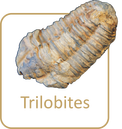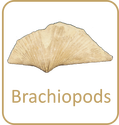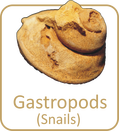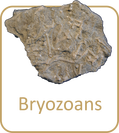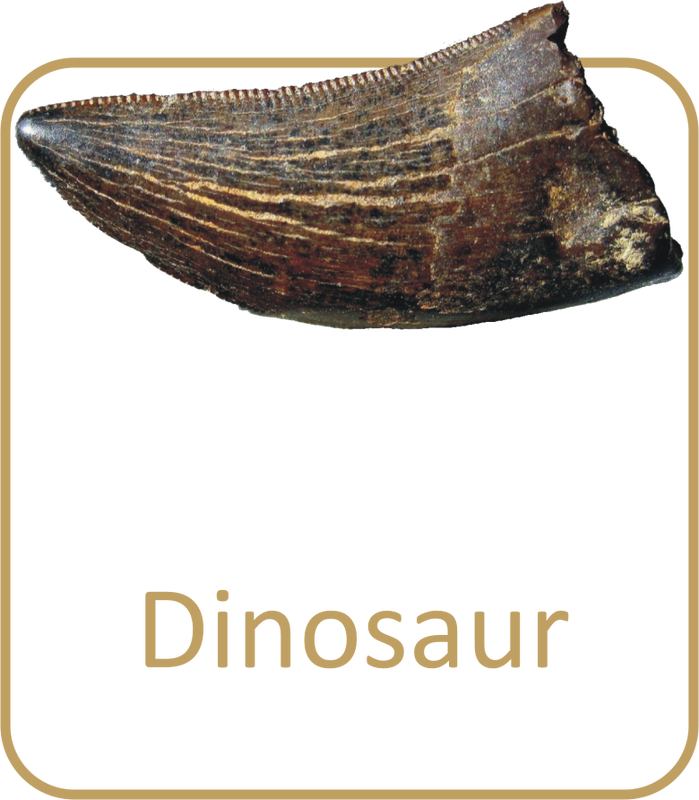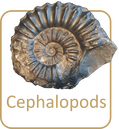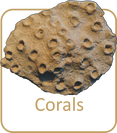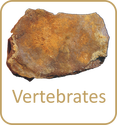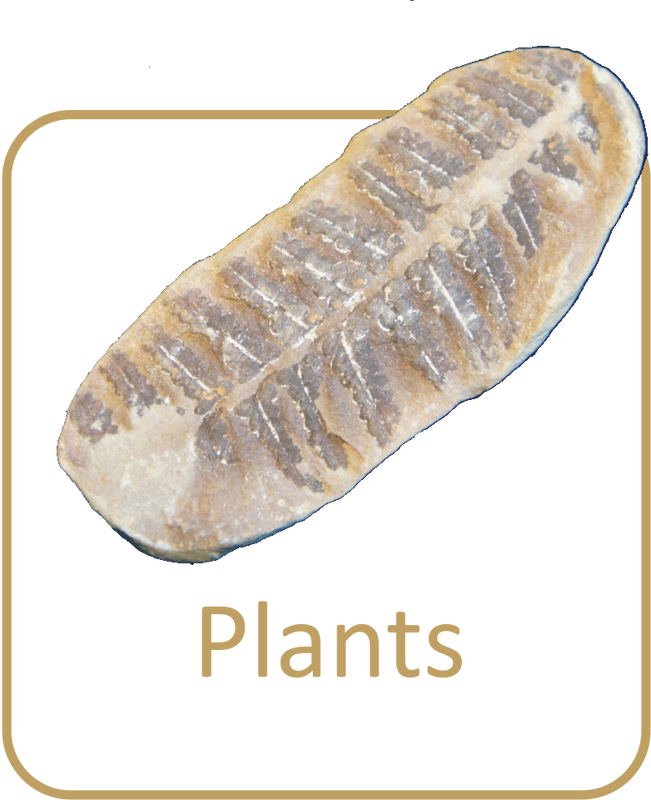What is a fossil?A fossil is the preserved remains or trace of a once living organism of a past geological age.
Fossils of preserved remains can be:
Trace fossils are evidence left of past animal behavior. Some examples include:
Index fossils (sometimes called guide fossils) are a special category of fossils that only occur in a specific location(s), therefore are often used to identify and define specific geologic periods (or faunal stages). |
Galleries: |
If you like our website, be sure to check out our advertisers!
We purchase old collections. Contact us if interested.
Virtual Museum of Geology is operated by Group Travel Academy, LLC

